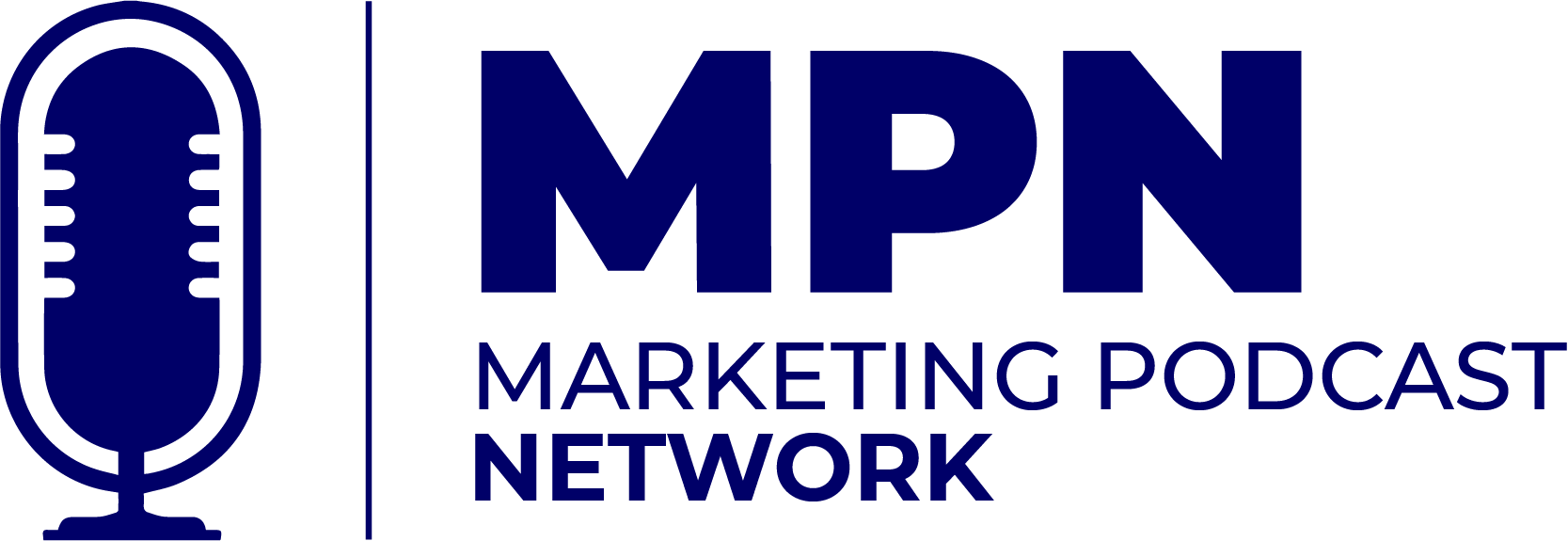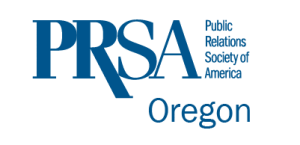
5 Rules for Managing a PR Firm and Potential Red Flags
The early days of a relationship with a new public relations (PR) firm set the stage for overall success. This period is when the client (you) and firm (maybe us) form the relationship that creates the collaborative systems used to establish success.
You may need to manage your PR firm more directly during this introductory period, but that doesn’t necessarily mean anything is wrong. After all, building something new takes much more time and attention than regular maintenance. But you should also maintain some level of ongoing management to protect your investment.
Here are five rules you should follow when managing a new PR partner, along with potential red fags.
Five Rules to Follow With a New PR Partner
Most experienced PR firms follow an established process when interacting with their clients, and you’ll benefit by following their process whenever possible. However, clients can take actions within any approach that will foster success.
1. Monitor their Reporting System
As a client, you should always have a solid understanding of what’s happening with your PR. This process typically includes a few key elements:
- An Established PR Plan: Your firm should provide a plan outlining its outreach work over a set period. This plan should be detailed yet flexible enough to take advantage of unexpected opportunities.
- Regular Reports: You should have easy access to a report listing the status of outlined deliverables. Our firm employs a shared document with live links to keep coverage details in a single location.
- Frequent Meetings: Establish a regular meeting schedule (weekly, bi-weekly, monthly) that includes a clear agenda for reviewing coverage, outlining needs, and answering questions from both sides. Prioritize this meeting as a critical component of the process.
By building a robust reporting system, you’ll establish an efficient and effective framework for collaborative work.
2. Learn Their Cadence
Most PR firms work on a cadence, which they often peg to the overarching PR plan. As a client, learning this cadence and planning associated needs into your schedule will help support your firm’s work. However, the reality is that clients often struggle to keep up with PR firms because we work fast and independently. So as you’re establishing deliverables, think carefully about how much you can realistically contribute to the process. How many interviews can you participate in each month? How many blog posts can you review? Working effectively within your realistic limits will help your PR partners much more than constantly lagging behind an over-optimistic outreach plan.
3. Answer Their Questions
PR’s job is to serve the client, not the other way around. However, you must be diligent about listening to your firm’s needs and providing what’s needed. This dynamic is essential in the beginning stages of the relationship when the firm is still learning about you and your work. Answering questions promptly is also critical when unexpected coverage opportunities arise. If your firm can’t get needed information, it won’t be able to meet the often aggressive deadlines the media faces. One effective solution is to create a method for flagging critical requests or grading requests by level of importance.
4. Stay Engaged
As time passes, your firm has likely proved itself, and you’ll trust that they’re doing the job. At this point, many clients become disengaged from the process and start missing meetings, and don’t deliver requested items. It takes diligence to stay involved when everything seems to be going smoothly, but engaging with your PR firm and telling them about new developments is the key to maintaining the best possible results over the long term.
5. Find a Balance
Occasionally, clients swing the other way and become heavily involved in PR to the point of micromanaging the process. Find a balance between being overbearing and becoming disengaged to avoid hindering progress. It’s important to remember that you hired your PR firm because they are the experts in their field, and giving them the space they need to work effectively is the best path toward success.
Watch for These Potential Red Flags
Of course, not every relationship succeeds. There are several red flags that clients should watch for to determine whether they need to increase their level of engagement or find a new PR partner. They include:
- You don’t know what they’re doing. Your PR partner should have a plan that directs their ongoing efforts, and they should report those results to you regularly. If you’re being kept in the dark, it’s time to get more involved.
- There’s no pattern or routine to their work. These days, PR is about so much more than obtaining press coverage. So there should always be some valuable task to do. If your firm’s work is scattershot or unpredictable, it could be a sign they’re operating without a plan.
- You’re coming up with all the new ideas. We always want active and engaged partners. However, PR teams should lead the initiatives with new ideas informed by their expertise. If you’re the one who’s always setting the agenda, it may be time to make a change.
- You don’t see results. If your PR firm isn’t delivering results, that’s a clear red flag. However, you’ll only be able to determine this by establishing critical benchmarks early in your engagement. Otherwise, it will be impossible to understand if your efforts are moving the needle.
Perhaps most importantly, your PR partner should be transparent about their process. Not every firm will go as far as sharing their media lists (Veracity does), but effective partners will be crystal clear about the methods they use for obtaining coverage. If you feel your PR firm is being sneaky or less than transparent, it’s a big red flag you should continue watching.
An Ongoing Balancing Act
Managing your PR firm is an ongoing balancing act. On one side of the pendulum is your desire to protect your investment by seeing tangible results. On the other side is giving your firm the perfect amount of space to operate, so they feel supported and not micromanaged. Working effectively amidst this tension depends on staying engaged within a mutually beneficial system both sides create together. The partnerships that manage that process most effectively are always the most successful.
This Process Starts Immediately
Before hiring your next PR partner, take some time to establish your goals and take a pulse of your ability to stay involved. Once you’ve established those details, ask potential partners about their processes, particularly how they communicate on an ongoing basis. When you find someone that best fits those needs, you’re a step closer to creating a productive relationship that could last for years to come.

![Reigniting Diversity Equity and Inclusion Efforts with Neil Foote [Podcast]](https://www.veracityagency.com/wp-content/uploads/Neil-Foote-800x600-1.png)



![Where’s the Culture – Marketing Connection? Right Here with Emmy Thomas [Podcast]](https://www.veracityagency.com/wp-content/uploads/Wheres-the-Culture-800x600-1.jpg)




